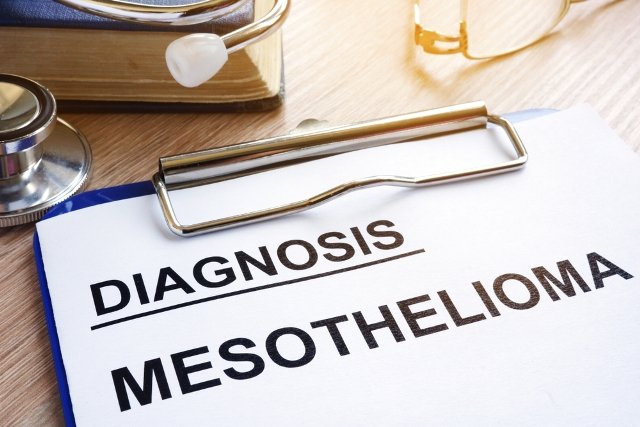
Diagnosing Mesothelioma
Do you know that there are over 200 types of cancer in the world and it is estimated 18.1 million cancer cases around the world in 2020 alone? That is definitely a big number. Globally, cancer has been the second leading cause of death. Health screening is one of the ways to detect cancer at an early level so that treatment can be given immediately and reducing risk for morbidity or mortality. One of the cancers that may not be often heard as much as breast cancer or colorectal cancer, is the mesothelioma.
Mesothelioma is a cancer developed from a layer of tissue called the mesothelium, protecting the internal organs such as lung, chest wall and abdomen. Mesothelioma is typically caused by a mineral called asbestos. Asbestos-contaminated products such as talc and old construction material has been stipulated to be the culprit of mesothelioma. This cancer begins when a person is exposed to asbestos fibre for a long time. Need to note that not everyone exposed to asbestos will develop mesothelioma but the risk of developing it is high among people working directly with asbestos material such as building, textile workers or automotive manufacturers and those working in buildings using asbestos such as painters or electricians.
Mesothelioma commonly affects the lining of the lung, causing symptoms arising from the damaged lung structures. Symptoms may not be obvious during the early stage and often mimic symptoms of asbestosis, a condition causing scarring of the lung due to exposure to asbestos fibre or dust. Symptoms include shortness of breath, persistent dry cough, tightened or chest pain, extreme tiredness, muscle weakness, unexplained weight loss and high temperature and sweating becoming intense at night (night sweats).
As mentioned, mesothelioma may also affect the abdomen. Symptoms of peritoneal mesothelioma would be slightly different to pleural mesothelioma affecting the lung. Symptoms are nausea, abdominal pain, abdominal swelling (ascites), unexplained weight loss, fatigue, night sweats, constipation and diarrhoea.
Since mesothelioma could easily be masked by other conditions, it can often be misdiagnosed as other illnesses such as pneumonia or bronchitis due to its rare occurrence. Hence, getting prompt diagnosis and asking for a second opinion from another specialist is much welcomed. Diagnosing a person with mesothelioma is no easy task and would take a few steps before a person receives proper diagnosis. Here are steps doctors take to diagnose mesothelioma and as a guide for those planning to meet a doctor:
1- Doctors will ask more about the symptoms and history of the patients including past medical history, family history and job history.
2- Physical examination of the body as a whole and attention to the chest or abdomen area. During this session, the doctor may request to run a blood test or another laboratory test.
3- Basic imaging tests such as X-ray will be done to check for any abnormality. Further imaging of advanced imaging such as CT scan or MRI may provide details of the lung if abnormalities found in the X-ray are suspicious.
4- Taking samples of tissues is recommended if cancer is suspected. This is known as a biopsy procedure. Biopsy is done either surgery or by using a special needle into the suspected area to obtain a tissue sample.
Unfortunately, mesothelioma is typically diagnosed in the late stage when the cancer has already spread to the whole body. This leaves patients with poor outcomes. Life expectancy is about 12 to 21 months with treatment. Standard treatment for mesothelioma is just like any other cancer: surgery, chemotherapy, radiation, immunotherapy or multimodal therapy combining multiple treatments. However, mesothelioma does not definitely end with death and many actually become a survivor. Getting early detection and prompt treatment by lung or chest specialists can improve survival rate.
